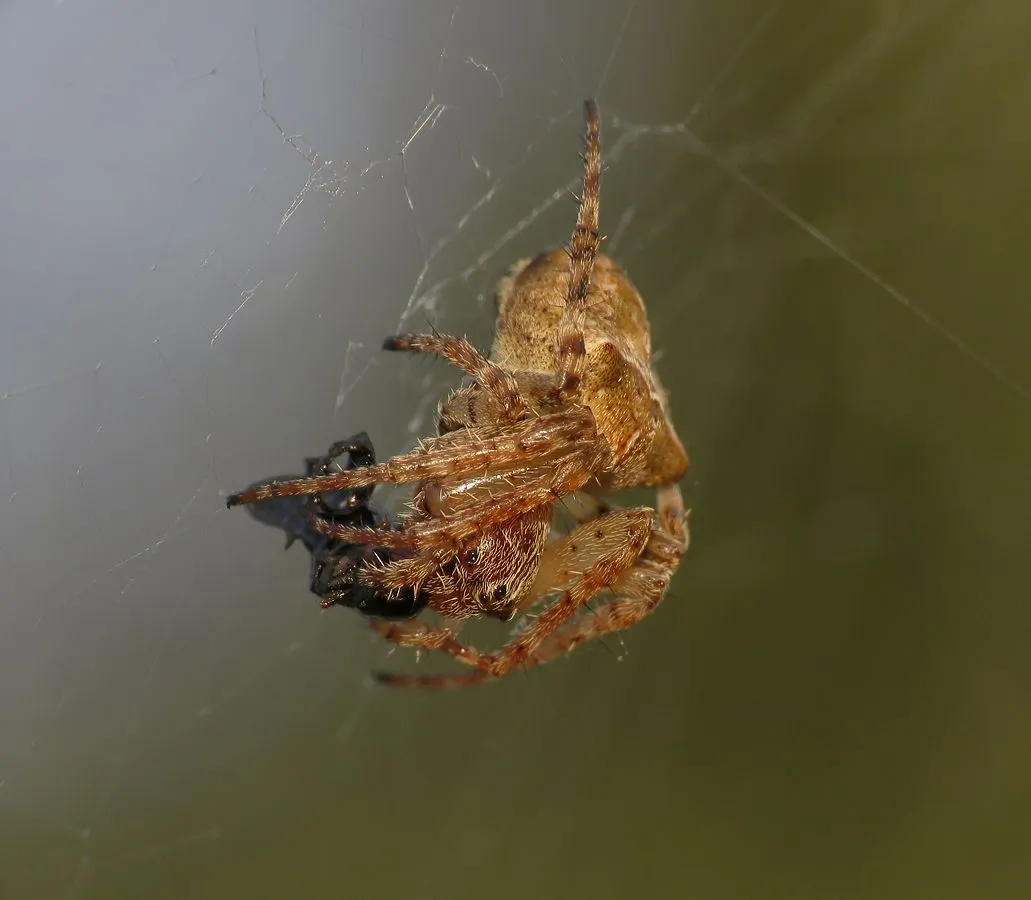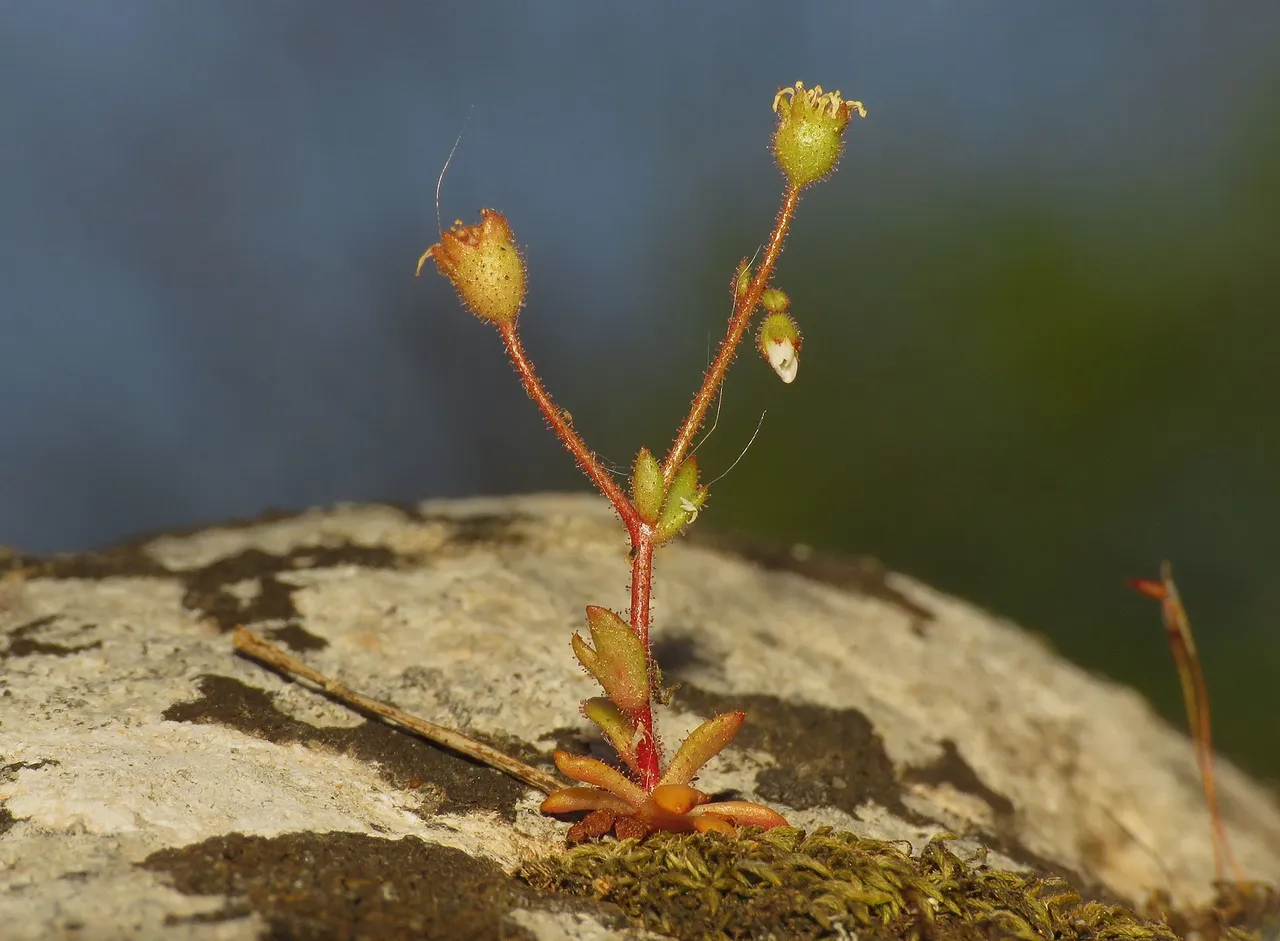I'mean, it's just an open field at the top of the hill now ... with some archeological markings, reconstructed urban layouts and scattered fragments of authentic ancient buildings ...

... surrounded by dense forest ... but it was a city once ... upon a time ... long, long time ago ...

... and since I'm glad to be still pretty alive these days, much more alive than during the lethargic winter, I went on a little excursion there ... to enjoy the springtime, mostly ... and I took a bunch of friends with me.

Here you can see one of them ...

... jumping among the flowers ...

... lovely, yellow Crepis vesicaria, mostly.

After that outburst of action powered by the springtime sun and the overall blooming atmosphere ... it was time to take a rest ...

... among the same flowers.

Although the Crepis vesicaria dominate the place ... you can find more variety, if you take a better look at the lawn between the ancient walls ... daisies ... small blue flowers of the Veronica persica plant ...

... Erodium moschatum flowers ...

... Cerastium fontanum flowers ...

... an occasional yellow flower of the Ficaria verna plant ...

... the minuscule Vicia lathyroides flowers ...

... and the interestingly shaped Lamium amplexicaule flowers.

I found this colorful Subcoccinella vigintiquatuorpunctata lady beetle there, on the lawn ...

... it was a very photogenic find ... especially in macro view.

Some hover fly was resting on a dried out twig.

The female Gibbaranea bituberculata spider was feeding on its web ...

... the male was crouched, on the plant at the edge of the web ...

... and this fly was resting on an ancient stone.
Some plants grow on this lichen - covered walls ... on the following shot ...

... you can take a look at some of those lichens ...

... and that's all ... I'm alive, the people and the surrounding nature are alive as well ...

... as always in these posts on HIVE, the photographs are my work ... and they were all taken today on the archeological site called Nesactium, about 10 kilometers from where I live. This was a pre-Roman capital of the people called Histri, and a Roman fortified town after the conquest in 177 BC.
